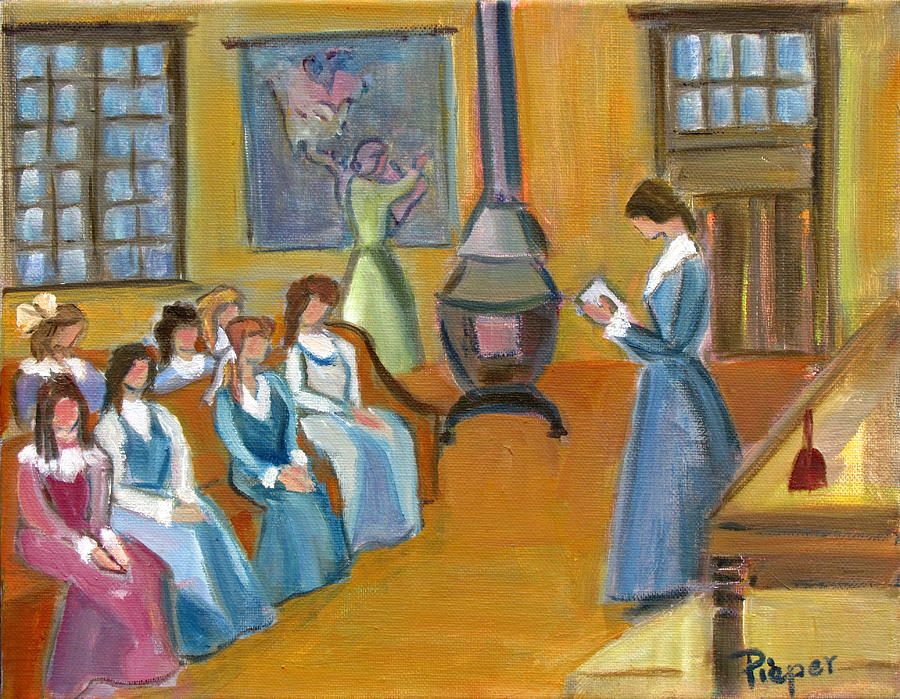C.83 Visual memory linking
Aim: to demonstrate the power of visual linking.
You will need: a bit of imagination, an open mind.
This exercise is based on a memory technique called visual linking. Each element of the speech will be associated with a visual image in the mind's eye. And each image will be linked to the next, creating an unbroken chain of images through the speech. For more about memorization techniques see Lorayne (1958), Lorayne and Lucas (1974), and Daniels in the bibliography.
In the example below, first follow the instructions for creating a series of visual links. Then ask somebody to read out, or paraphrase aloud, the speech that follows. Can you recall the speech on the basis of the visual images? Try to give back the speech, initially in the same language as the original. To do this effectively, and quickly enough to make use of it in consecutive interpreting, you'll need to practise it a fair bit. If it works well for you, move on to doing the same from one language into another.
Example
One person visualizes the following in their mind's eye.
Imagine a map of France and the UK, and on that map a person is bouncing around like on a trampoline between France and the UK. (Cultural differences)
As they are bouncing up and down on the UK you see the picture turn to a side-view and that the UK is actually the fl at top of a huge number 5, part of a larger number, 1995.
You look at the person bouncing on top of the number 5 and you see that it is in fact Tony Blair, who then takes a huge leap forwards and flies through the nought of a huge representation of the figures 2005.
When he lands he is outside a very English house, looking in through the windows. As he peers in through the window inside he can see someone sitting in an armchair in their own private living room. (Private information)
At that moment a series of artillery shells crash through the windows. (National security)
The person gets up from their armchair and wanders over to the shattered windows. He looks out into the distance and has an expansive view of the horizon. (All govt bodies)
In the middle of the view is a field of huge potato plants that you can see growing as you watch. (Potato Council)
One of the plants is a little different, however, and you see a huge red and white lighthouse push out of the soil and up into the sky. (Lighthouse Commission)
Next imagine a huge hand sweeping down to grasp the lighthouse and whisk it up and away. Your view pans backwards and you see that the hand belongs to a journalist. See a stereotypical journalist in your mind's eye.
They are busily taking notes with a pen that looks a lot like a red and white lighthouse and watching intently as a person is strapped into a chair and tortured by men in army uniforms. (PoW camps and torture programme)
See the journalist then take their pen and stick it into the arm of the person in the chair, as though it were a syringe. See the syringe. (Sterilization programme)
Now see the journalist turn around and watch a clichéd Frenchman walk across the scene. Perhaps wearing a beret, perhaps with a sweater on his shoulders, the sleeves tied in front — whatever your most exaggerated image of a Frenchman might be. (Guy Mollet)
See this Frenchman walk across a huge map of Europe from (Gillies)
Gillies, Andrew. Conference Interpreting. Routledge, 20130724. VitalBook file.








